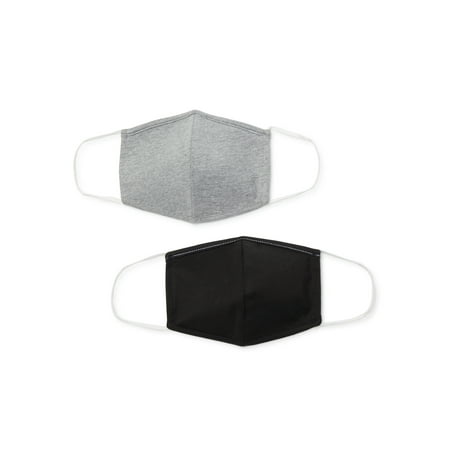Mickey Mouse Walt Disney World 50th Anniversary Genuine Leather Gold Loungefly Mini Backpack – 420145403083
This magical mini backpack is the gold standard in stylish carry-alls. Loungefly’s shimmering genuine leather bag commemorates Walt Disney World’s 50th Anniversary with a die-cut Cinderella Castle appliqué and metal ”50” logo. The metal-edged Mickey ears add an iconic accent.
This magical mini backpack is the gold standard in stylish carry-alls. Loungefly’s shimmering genuine leather bag commemorates Walt Disney World’s 50th Anniversary with a die-cut Cinderella Castle appliqué and metal ”50” logo. The metal-edged Mickey ears add an iconic accent.
Created especially for Walt Disney World Resort
- Genuine leather mini backpack
- Dimensional ears with metal edging
- Cinderella Castle appliqué with gold thread embroidered details
- Metal ”50” logo apppliqué
- Diamond pattern with ”50” and Cinderella Castles inside
- Double zipper main compartment
- Side slip pockets
- Front zip pocket
- Loungefly logo metal pulls
- Adjustable padded shoulder straps
- Top carry handle
- Lining features ”50” logo pattern
- Goldtone finish hardware
- Black trims
- Disney Parks x Loungefly logo label plate on side
- All main body and trims are genuine leather (main body, ear appliques, handle, straps, strap trims)
- Genuine gold flakes inside the resin metal 50th rivet
- 24K gold plated metal hardware (plaque, 50th rivet, zipper teeth & ear frames)
- Part of the Walt Disney World 50th Anniversary Luxe Logo Collection
-
- Imported






Reviews
There are no reviews yet.